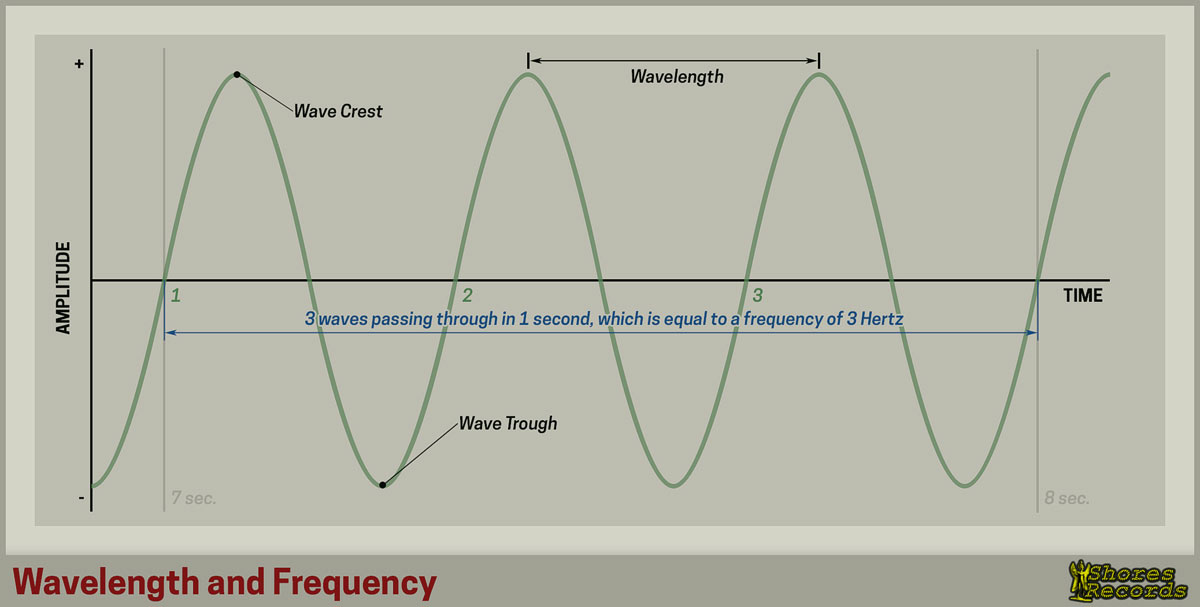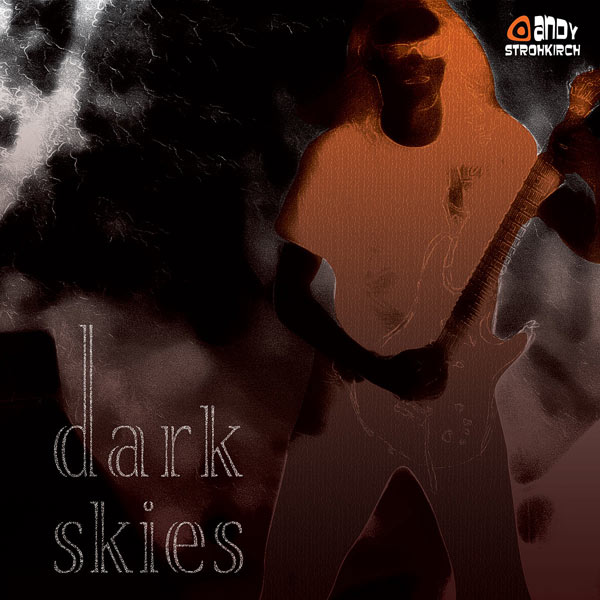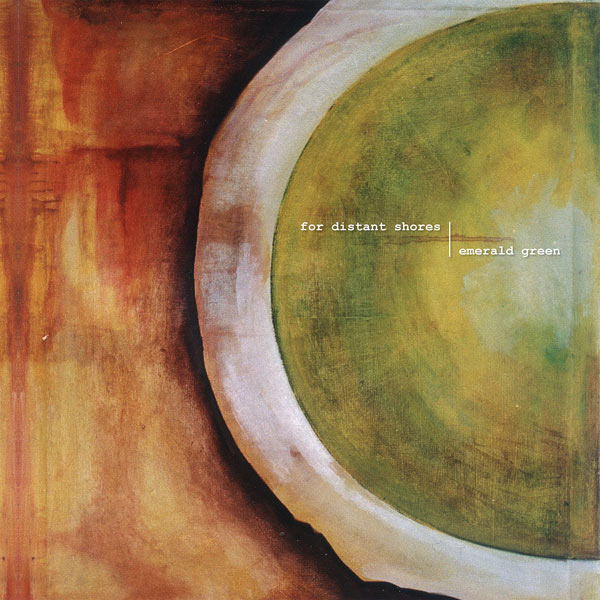Frequency Range and the Audio Spectrum
A frequency range is defined when an amount of neighboring frequencies from the electromagnetic spectrum are grouped together. The reason to combine frequencies in this certain way is to refer to a specific purpose, or to describe a particular function within the spectrum.

Wave Length and Frequency
Frequency is defined by the number of waves that pass a certain point per second, and the unit for its measure is Hertz. A wave consists of equal crests and troughs, and the distance between two crests (or troughs) is referred to as wavelength. A low frequency therefore has a longer wavelength, while a high frequency has a shorter wavelength.
The electromagnetic spectrum is made up of frequencies between 0 Hz (Hertz) and multiple ZHz (Zeta-Hertz), and can roughly be divided into Radio Frequency (RF), Microwave (MW), Infrared Radiation (IR), Visible Light, Ultra Violet Radiation (UV), X-Rays, Gamma Rays, and Cosmic Rays.
Audio Spectrum
Audible frequencies, which are those frequencies we as humans are able to hear, are part of the radio spectrum. We call this particular frequency range audio spectrum, and define it by referring to frequencies from 20 Hz to 20 kHz.
Audio engineers, artists, and anyone else working with the audio spectrum like to group certain frequencies from this range even further, for purposes such as recording, producing, mixing and mastering. This subgroups are often referred to as bands.
7 Bands
One common grouping is the definition of 7 frequency bands, the sub bass, bass, lower midrange, midrange, upper midrange, presence, and brilliance.
| Band | Frequency |
|---|---|
| Use | … |
| Sub Bass | 20 Hz - 60 Hz |
| Bass | 60 Hz - 250 Hz |
| Low Midrange | 250 Hz - 500 Hz |
| Midrange | 500 Hz - 2 kHz |
| Upper Midrange | 2 kHz - 4 kHz |
| Presence | 4 kHz - 6 kHz |
| Brilliance | 6 kHz - 20 kHz |
Sometimes the 7 band division is reduced as needed depending on functionality and/or approach.
6 Bands
Per example a division of the spectrum into 6 bands would combine the low midrange and midrange to "Low Mids", and call the upper midrange "High Mids" accordingly. The new divisions are then called: sub bass, bass, low mids, high mids, presence, brilliance.
4 Bands
A further simplification in form of a 4 band approach would combine the sub bass and bass range to "Low", and the presence and brilliance bands to "High". The bands are then called: low, low mids, high mids, high
3 Bands (and less)
A 3 band division would further combine the low mids and high mids to "Mid", while a 2 band devision e.g to be found on amplifiers would leave out some of the mid range and only offer "Bass" and "Treble".








